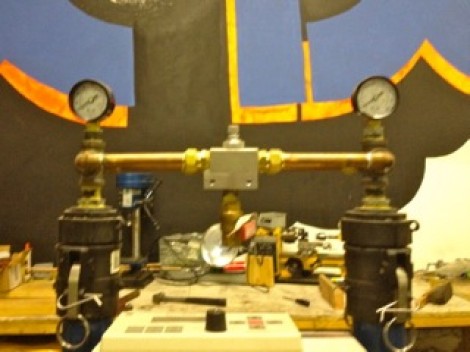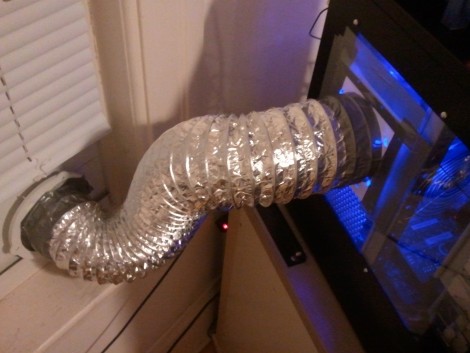This one is both wild enough to be confused as a conspiracy theory and common sense enough to be the big solution staring us in the face which nobody realized. Until now. Oak Ridge National Laboratory and General Electric (GE), working on a grant from the US Department of Energy (DOE), have been playing around with new clothes dryer technology since 2014 and have come with something new and exciting. Clothes dryers that use ultrasonic traducers to remove moisture from garments instead of using heat.
If you’ve ever seen a cool mist humidifier you’ll know how this works. A piezo element generates ultrasonic waves that atomize water and humidify the air. This is exactly the same except the water is stored in clothing, rather than a reservoir. Once it’s atomized it can be removed with traditional air movement.
This is a totally obvious application of the simple and inexpensive technology — when the garment is laying flat on a bed of transducers. This can be implemented in a press drying system where a garment is laid flat on a bed or transducers and another bed hinges down from above. Poof, your shirt is dry in a few seconds.
But individual households don’t have these kinds of dryers. They have what are called drum dryers that spin the clothes. Reading closely, this piece of the puzzle is still to come:
They play [sic] to scale-up the technoloogy to press drying and eventually a clothes dryer drum in the next five months.
We look at this as having a similar technological hurdle as wireless electricity. There must be an inverse-square law on the effect of the ultrasonic waves to atomize water as the water moves further away from the transducers. It that’s the case, tranducers on the circumference of a drum would be inefficient at drying the clothing toward the center. This slide deck hints that that problem is being addressed. It talks about only running the transducers when the fabric is physically coupled with the elements. It’s an interesting application and we hope that it could work in conjunction with traditional drying methods to boost energy savings, even if this doesn’t pan out as a total replacement.
With a vast population, cost adds up fast. There are roughly 125 M households in the United States and the overwhelming majority of them use clothes dryers (while many other parts of the world have a higher percentage who hang-dry their clothing). The DOE estimates $9 billion a year is spent on drying clothes in the US. Reducing that number by even 1/10th of 1% will pay off more than tenfold the $880,000 research budget that went into this. Of course, you have to outfit those households with new equipment which will take at least 8-12 years through natural attrition, even if ultrasonics hit the market as soon as possible.

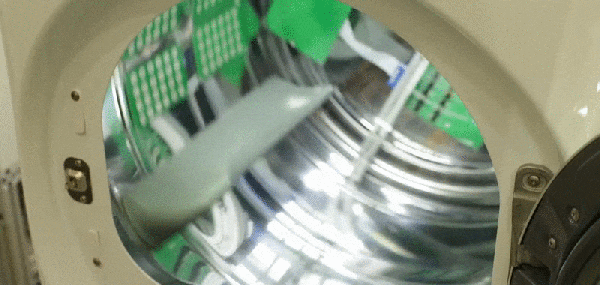

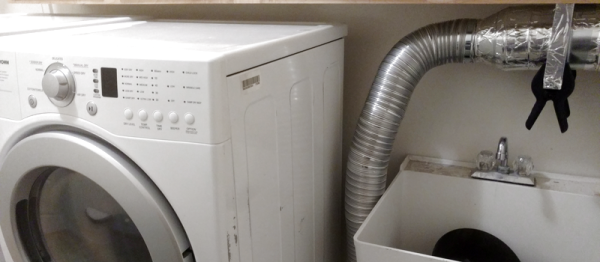




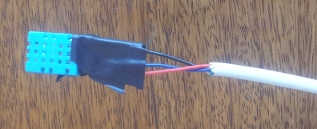 Here’s a question that will rack your brain: does your clothes dryer stop when the clothes are dry? It seems if you have a machine that guzzles power for one single purpose, you’d like it to stop when its job is done, or for the sake of convenience, keep going until the clothes are dry. Temperature and humidity sensors are cheap, and if you don’t have an auto sensing clothes dryer,
Here’s a question that will rack your brain: does your clothes dryer stop when the clothes are dry? It seems if you have a machine that guzzles power for one single purpose, you’d like it to stop when its job is done, or for the sake of convenience, keep going until the clothes are dry. Temperature and humidity sensors are cheap, and if you don’t have an auto sensing clothes dryer, 